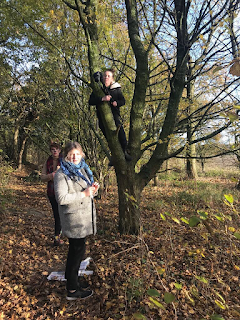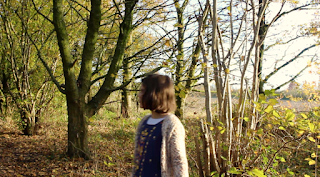Post 30

Working from a script - Making Narnia Exterior We used a forest in Wymondham which was local to us so it wasn't too long of a walk to get to. Although, it was very cold and quite frosty, this just added to the atmosphere we wanted for Narnia as it supposed to be winter time. We made sure that our actors (when they weren't being filmed) had warm coats on as we didn't want them to get too cold. We chose to not do snow to make our Narnia as we thought it would create too much mess and it would be hard for us to get the snow in every angle we wanted to film. If we were to do snow, it would mean that we would have to limit what we could film as we would have to make sure snow was in every scene and cover a lot of the forest area which would mean a lot of time would be spent after cleaning it up. We also chose not to use a lamppost as there wasn't any nearby to where we were filming so instead we used a tree as we believed it would be more effective than just havin...


